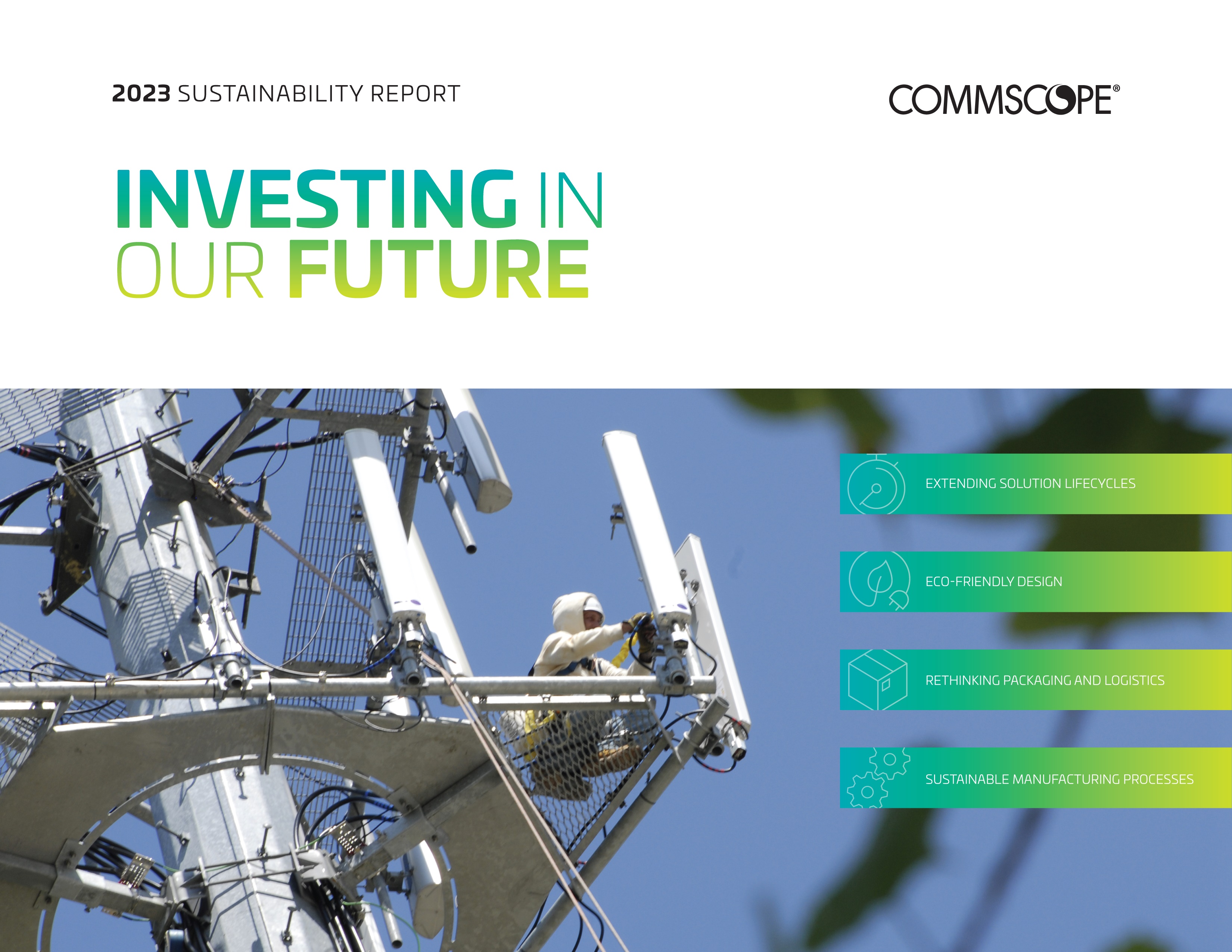
Morgan, can you talk about the CTO’s vision for tomorrow's connected consumer experience?
We all know how you experience entertainment, information and other network services is changing, but the home video experience might eventually change in ways you haven’t thought about.
Consider the way we watch TV. It’s basically the same since 1950 but with color, higher resolution, more action and worse dialog (ha!). In essence, you are an observer. Now consider the way you play a video game – you are a participant, creating the scene and action and dialog yourself. It is quite likely that TV will take a page from this and allow the consumer to change perspective from observer to a multitude of participants.
If the subject matter is a hospital-type show, you could view the world from the perspective of the doctor, the patient, or the family member and flip between characters to gain a much different understanding of the action. The drive is to make the interaction or experience much more immersive.
CLICK TO TWEET: CommScope CTO Morgan Kurk talks about trends in home and wireless networks.
Also consider home assistant devices like Alexa. Today they play a role much like a 2020 version of a 1980s clock radio. They tell you the time, play music and give you the weather. In the future they will become much more integrated and immersive.
When all electronics in a house are networked together and analyzed automatically, the house will “just work.” You may not need to even speak to the device to have it take many actions, such as turn on a light or adjust the temperature – it will know what to do through learning preference and sensing the environment. Similar to the way people communicate, body language and habits may eliminate the overt communications we use today.
We are working to expand CommScope’s place in the home—anchored in the gateway, WiFi and video experience—to make the connected consumer experience at home truly smart.
In your recent blog post, “2020 will be a year of critical decisions for wireless operators,” you talk about the promise of 5G and that this year will be a coverage and capacity build year. What is CommScope focusing on this year to lay the foundation for 5G?
For the past 40 years, we’ve been building out networks for faster download speeds and better coverage. In other words, it’s been based purely on downlink consumption.
Everything in the 2020s will be about efficiency, meaning helping operators move more bits at lower cost. CommScope is focused on reducing the overall cost of building wireless networks, so new services can be implemented, and growth continues. We work to reduce everything from installation costs to operational expenses, from leasing costs to transport costs. For example, our metro cell poles can reduce site acquisition and installation time and cost, and our DOCSIS nodes can be upgraded for distributed access architectures rather than being replaced.
Getting an efficient network foundation is critical for the next decade’s 5G buildout. CommScope works to help operators use both their money and their spectrum efficiently, outdoors and indoors.
See Morgan’s interview at the NCTC Winter Education Conference for more about 5G efficiency.














